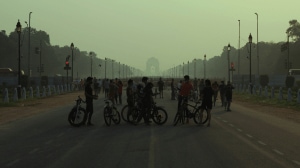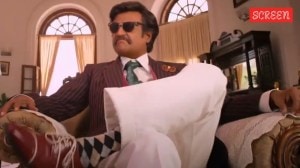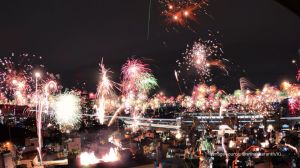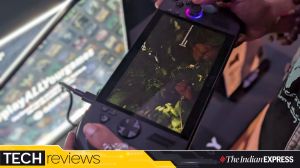Pakistan too a suspect in Libya uranium transfer
The Bush administration’s claim this week that North Korea appears to have been the supplier of converted uranium to Libya is based on ...

The Bush administration’s claim this week that North Korea appears to have been the supplier of converted uranium to Libya is based on evidence that could just as easily point to Pakistan, a key US ally, as the source, according to analysts and officials familiar with the data.
Two senior staffers of the National Security Council have toured China, Japan and South Korea in recent days to brief top officials that US scientific tests strongly suggest North Korea provided Libya with uranium hexafloride gas, which can be processed into material for a nuclear weapon.
Their trip came as US officials are trying to build a united front with key allies if, as expected, North Korea soon agrees to restart six-nation talks on its nuclear programs.
The New York Times reported on Wednesday that scientists focused on North Korea as a source. The Washington Post reported on Wednesday a canister obtained from Libya that contained the gas apparently had traces of plutonium produced at Yongbyon.
The IAEA, which has been investigating the nuclear smuggling network led by Pakistani scientist A.Q. Khan, has collected a mountain of conflicting information pointing to both Pakistan and North Korea as Libya’s source of uranium. ‘‘In order to come to this conclusion you need a sample from North Korea and no one has a uranium sample from North Korea,’’ said one official investigating the network and Libya’s former programs.
‘‘The Pakistanis won’t allow any samples of their UF6 either,’’ said the official.
The IAEA and US intelligence launched investigations into the network and were told by Pakistan that North Korea was the source of the uranium shipment. But Khan’s Malaysian-based partner, B.S. Tahir, told US intelligence that Pakistan was the source. Even if North Korea made the uranium gas, some investigators believe it is unlikely Pyongyang intended to sell it to Libya.
Instead, they believe North Korea would have sold the material to Pakistan, which then sold it to Libya. Another theory is that North Korea sold raw uranium to Pakistan, which converted it to UF6 and sold it to Libya. —LAT-WP






- 01
- 02
- 03
- 04
- 05

























